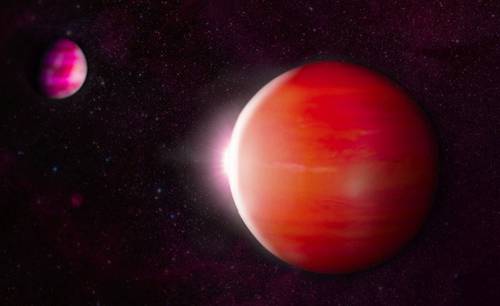A recent census conducted in Madrid found over 4,000 cosmic objects within a 65 light-year radius from the Sun. The study revealed that there are four times more stars than brown dwarfs in this region. Despite this, low-mass objects are more prevalent than high-mass ones, with the average mass being 40 percent of that of the Sun. The findings were published in The Astrophysical Journal Supplement Series and resulted from the Backyard Worlds: Planet 9 citizen science project.
The involvement of citizen scientists in the Backyard Worlds project accelerated the process of identifying objects in the census by 10 to 15 years compared to if researchers had undertaken the task alone. Through the project, volunteers analyze image sets to identify objects within the vicinity of our Sun in the galaxy, looking for the movement of objects relative to the background.
J. Davy Kirkpatrick, the lead author of the study and a researcher at Caltech’s Infrared Processing and Analysis Center in California, noted that there is something significant about the star formation process hidden in the data. Brown dwarfs, which are neither stars nor planets but something in between, are generally more massive than Jupiter but do not fuse hydrogen in their cores like lower-mass stars do. The study suggests that the formation process for brown dwarfs differs from that of higher mass stars, indicating that there may be different factors at play in determining the type of object formed.
Overall, this study provides valuable insights into


